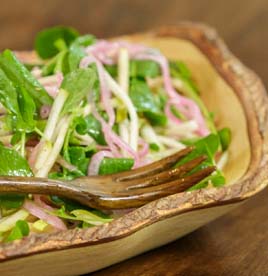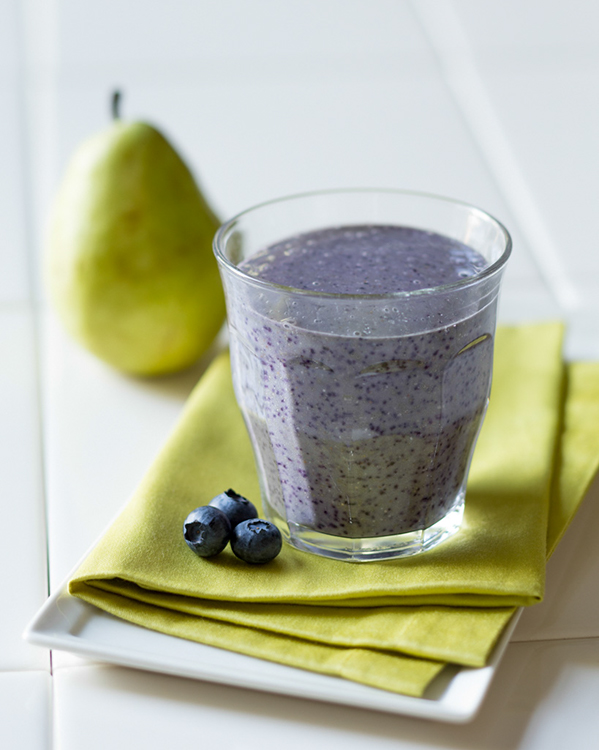When it comes to personal meal goals, it’s important to focus on making changes that will make an impact, but aren’t unrealistic or overwhelming. So, we’ve put together our top two big-impact changes. These are changes that studies have shown will help you stay at a healthy weight, prevent disease and have more energy!
1. Keep track of the colors on your plate: Mind your fruits and veggies and aim to get 1 1/2 – 2 cups of fruit and at least 2 1/2 – 3 cups of veggies each day. For more information about exactly how much you should be eating based on your age and activity level, check out ChooseMyPlate.gov. Research shows that getting enough colorful produce can help keep weight off and ward off nasty diseases like cancer and heart disease. This is why the new 2015 – 2020 US Dietary Guidelines for Americans continues to recommend eating a variety of fruits (specifically whole fruits) as one of the keys to a healthy diet.
One way to help you meet your goals is to set a general guide for when you will have your fruits and veggies each day. For instance, many people find that having 1 cup of fruit at breakfast and 1/2 cup with a snack or after dinner works well. 1 cup of fruit is equivalent to one medium whole piece of fruit, such as a medium pear, or 1 cup of pear slices. For a fast snack on-the-go, we love to pair (pun intended!) a pear with 2 tablespoons of sliced almonds (or 14 whole almonds).
As for veggies, a great way to divide the servings up is to eat at least 1/2 cup with breakfast or a snack, 1 cup with lunch and 1 1/2 cups with dinner. In the winter, it’s great to include veggie based soups with lunches and dinners to make it extra easy to get your servings in. And don’t forget salsa and tomato sauce, which also count as veggies. Click here for a downloadable pdf that makes tracking colors each day a fun challenge for kids and adults alike.
Inspired? Try this crunchy and delicious Watercress Pear Slaw. 
2. Make the switch to unrefined carbohydrates: Many fad diets make carbs out to be the enemy – but not all carbs are bad! Refined sources of carbohydrates, such as those made from white flour (white bread products)), white rice, and those with added sugars (cookies, cakes, soda, sweetened cereals, etc.) are quickly digested and don’t offer much staying power. Plus, they can contribute to weight gain and elevated triglycerides. Think of these carbs as treats–– you can still have in small amounts, but not as the main part of a meal.
Less refined carbs, which include whole grains (rolled or steel-cut oats, bulgur wheat, wheat berries, 100% whole grain pasta), whole fruits (like pears!), starchy vegetables (winter squash, peas, and corn), and beans and legumes (black beans, lentils, etc.), contain more nutrients, particularly fiber and protein. These carbs keep you feeling satisfied and your blood sugar and energy level at a more even keel.
Inspired? Try starting the day with this refreshing and satisfying Pear Oatmeal and Blueberry Smoothie!
If you make these two changes you will notice a huge difference in the way that you feel within days! Have a healthy and happy new year!
